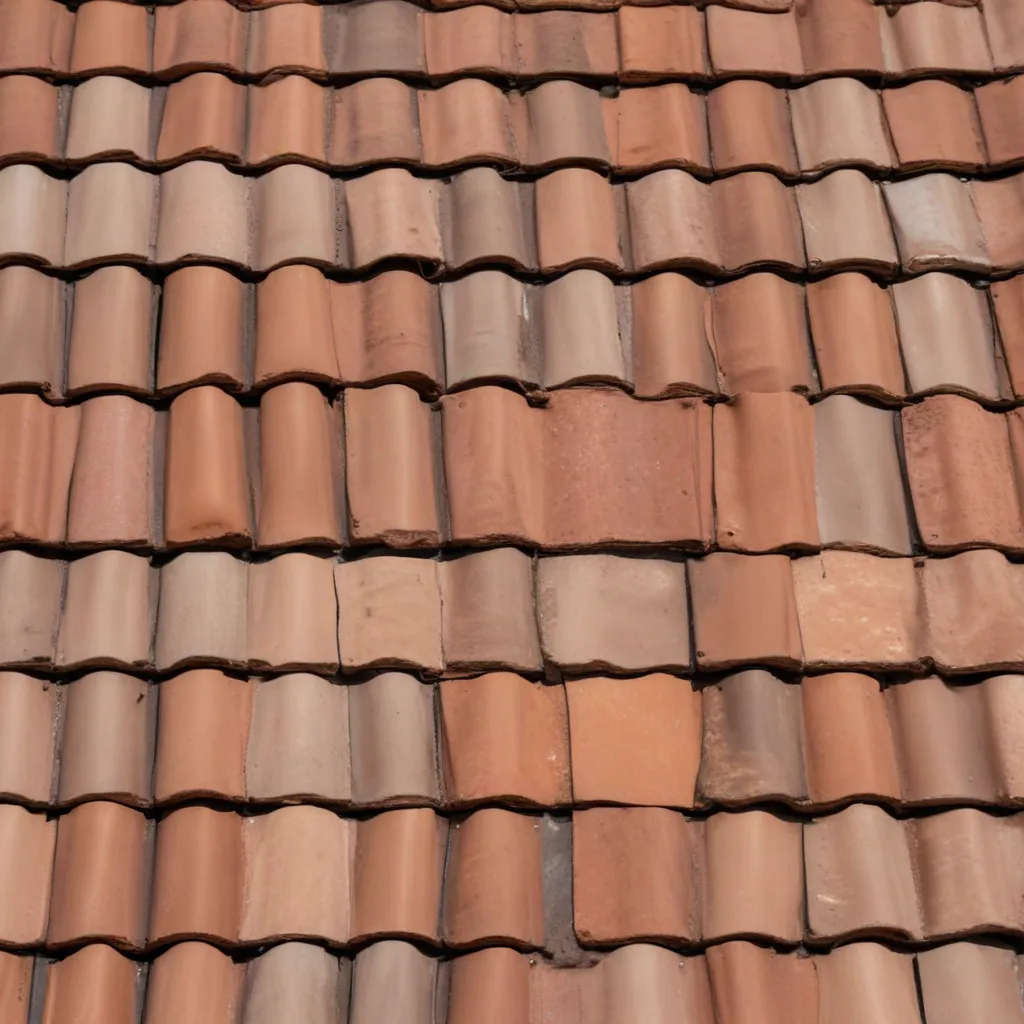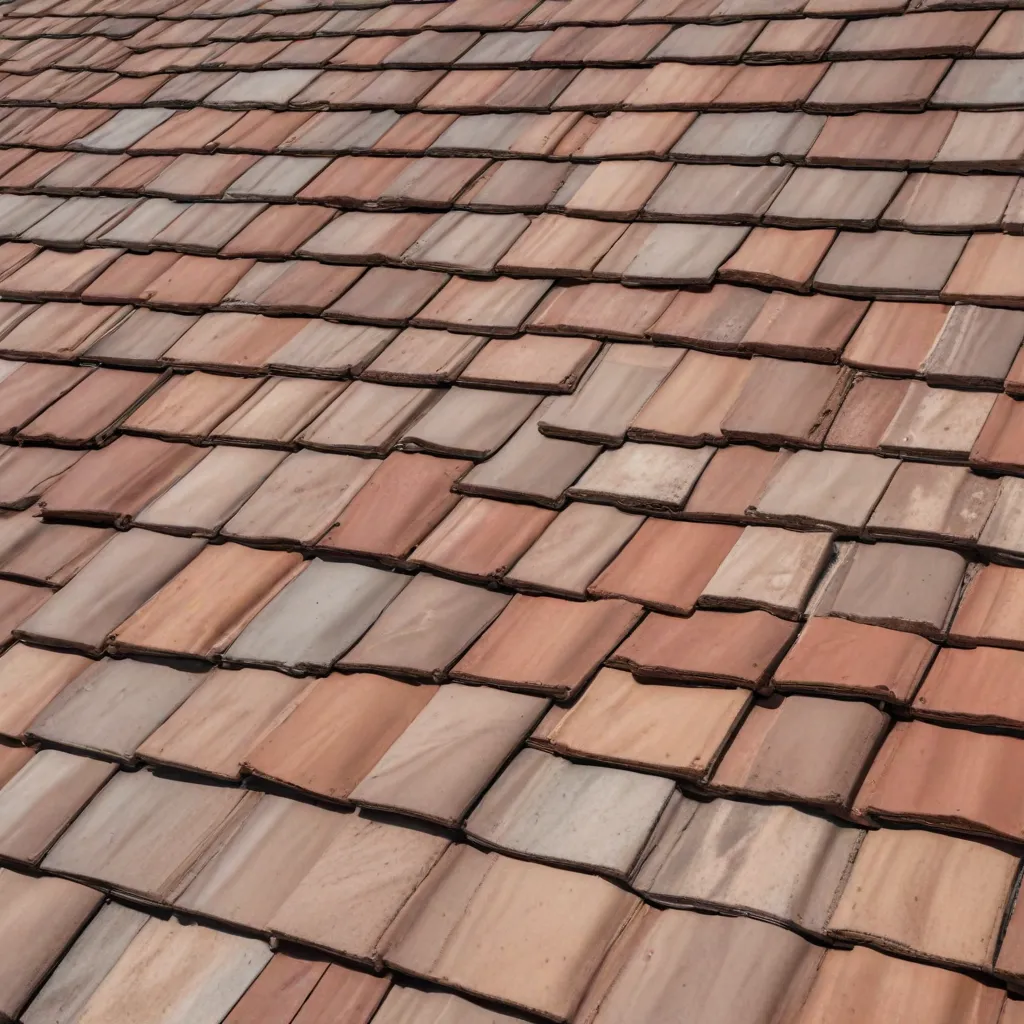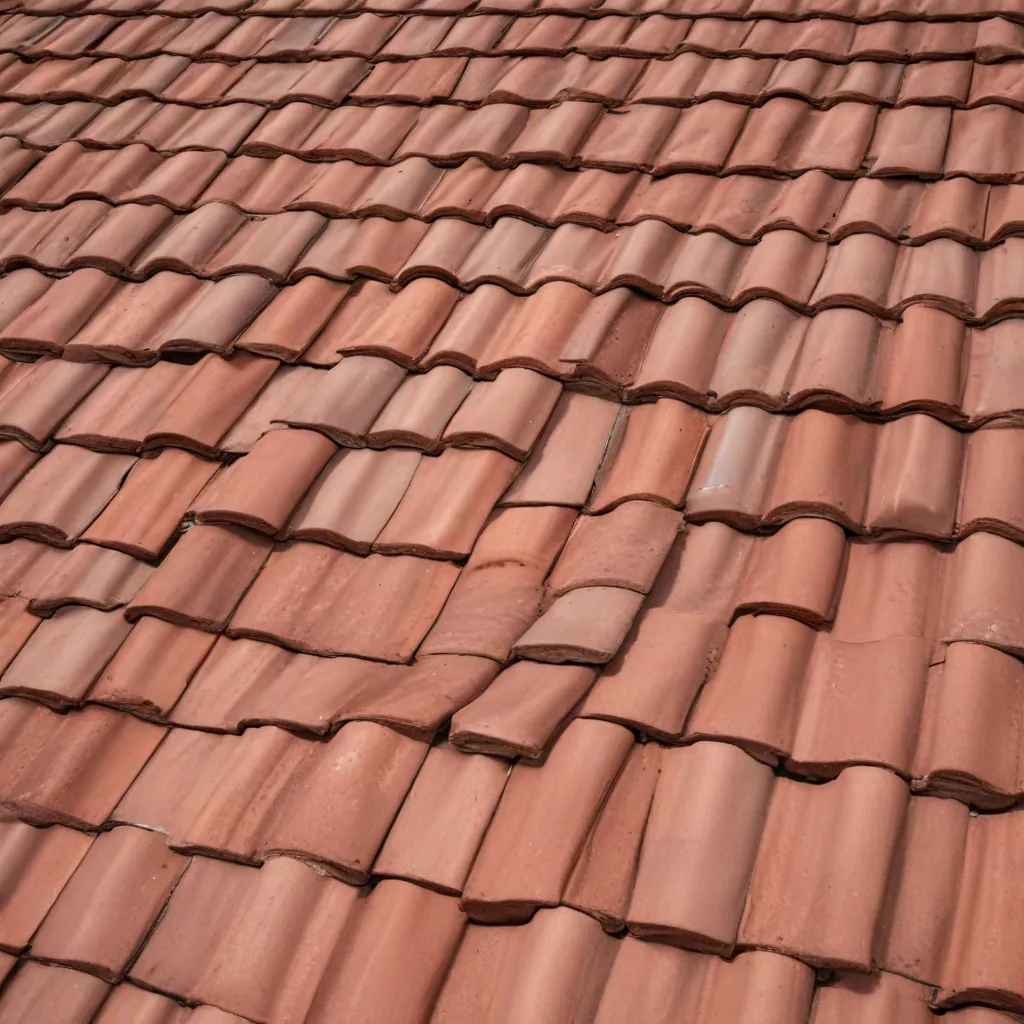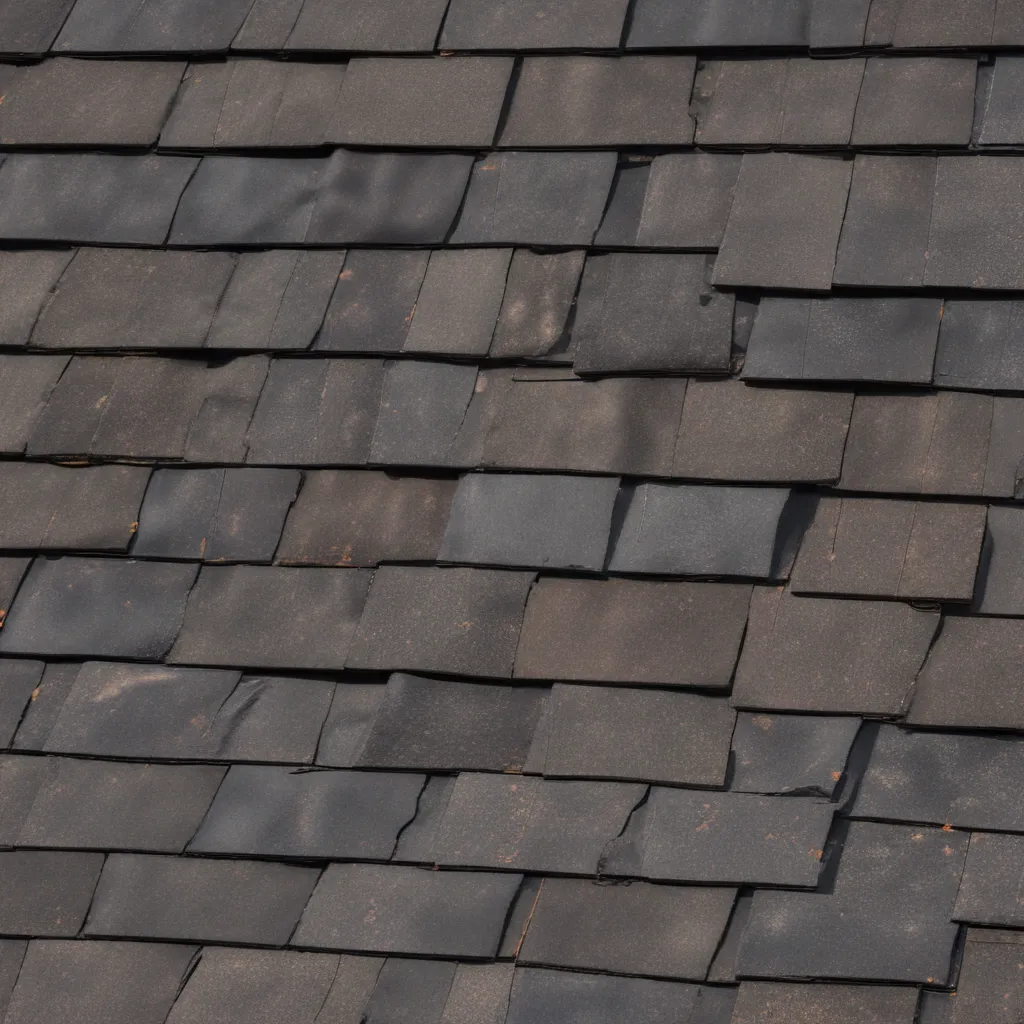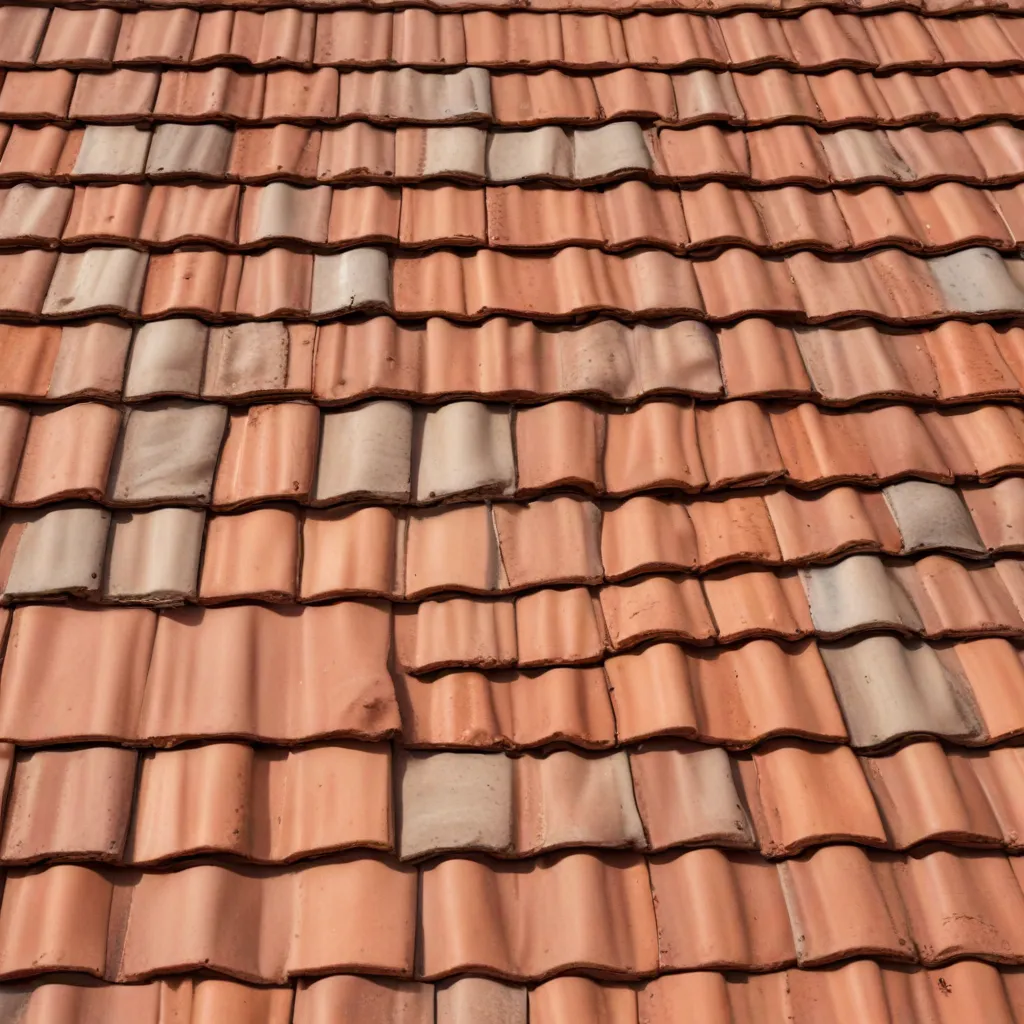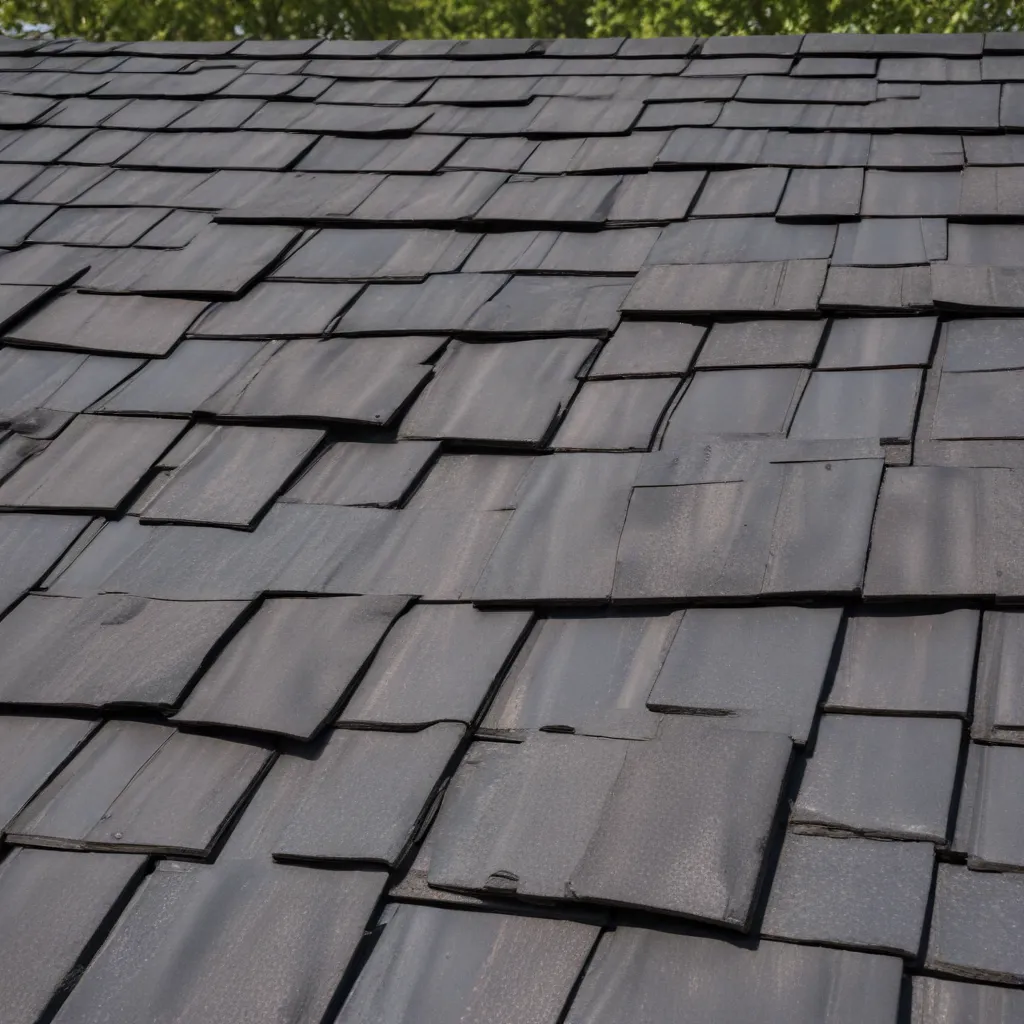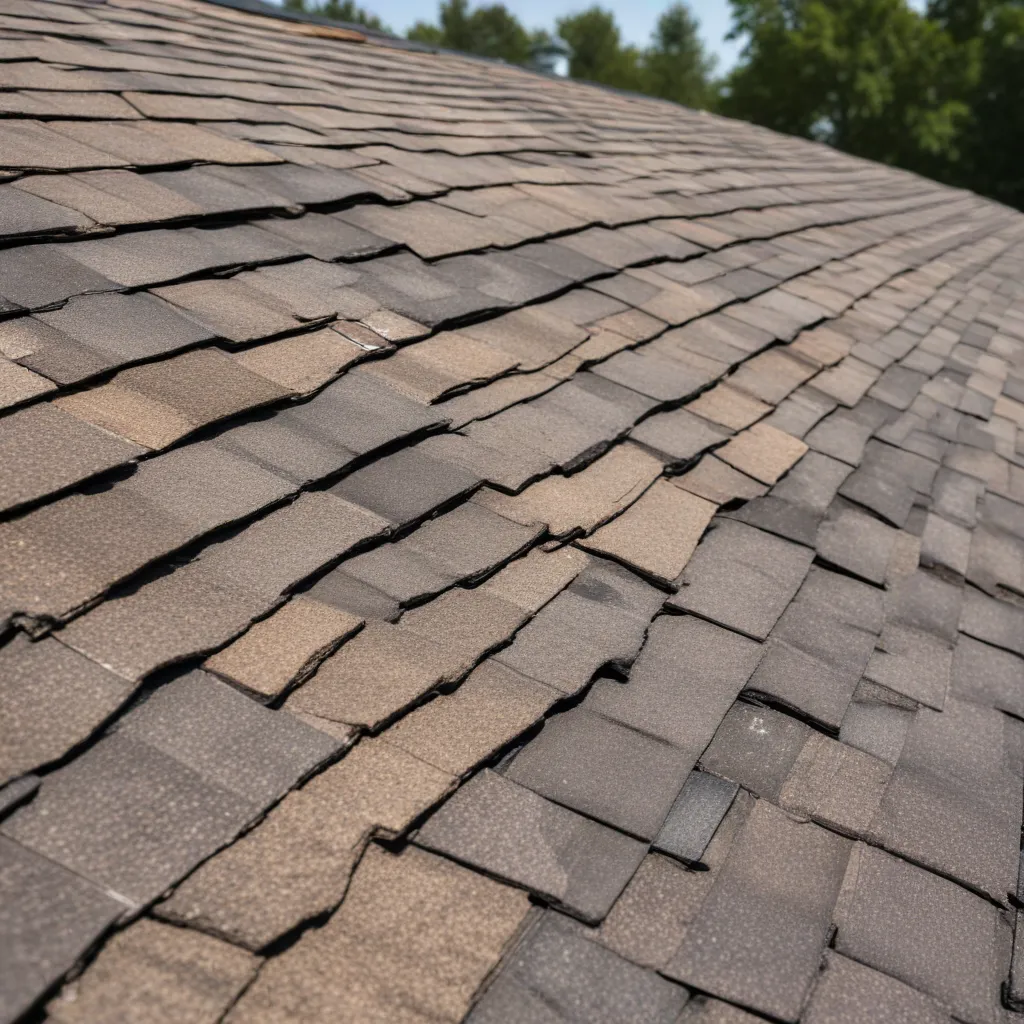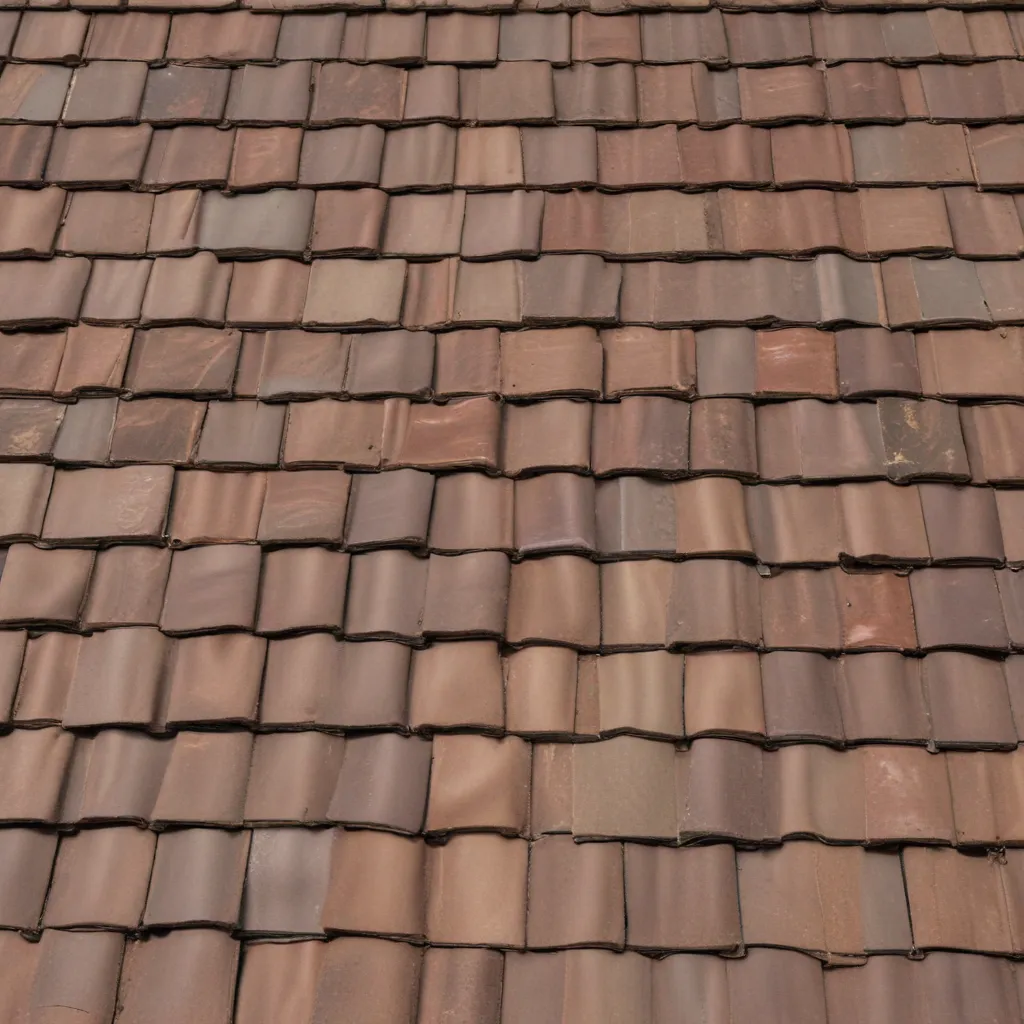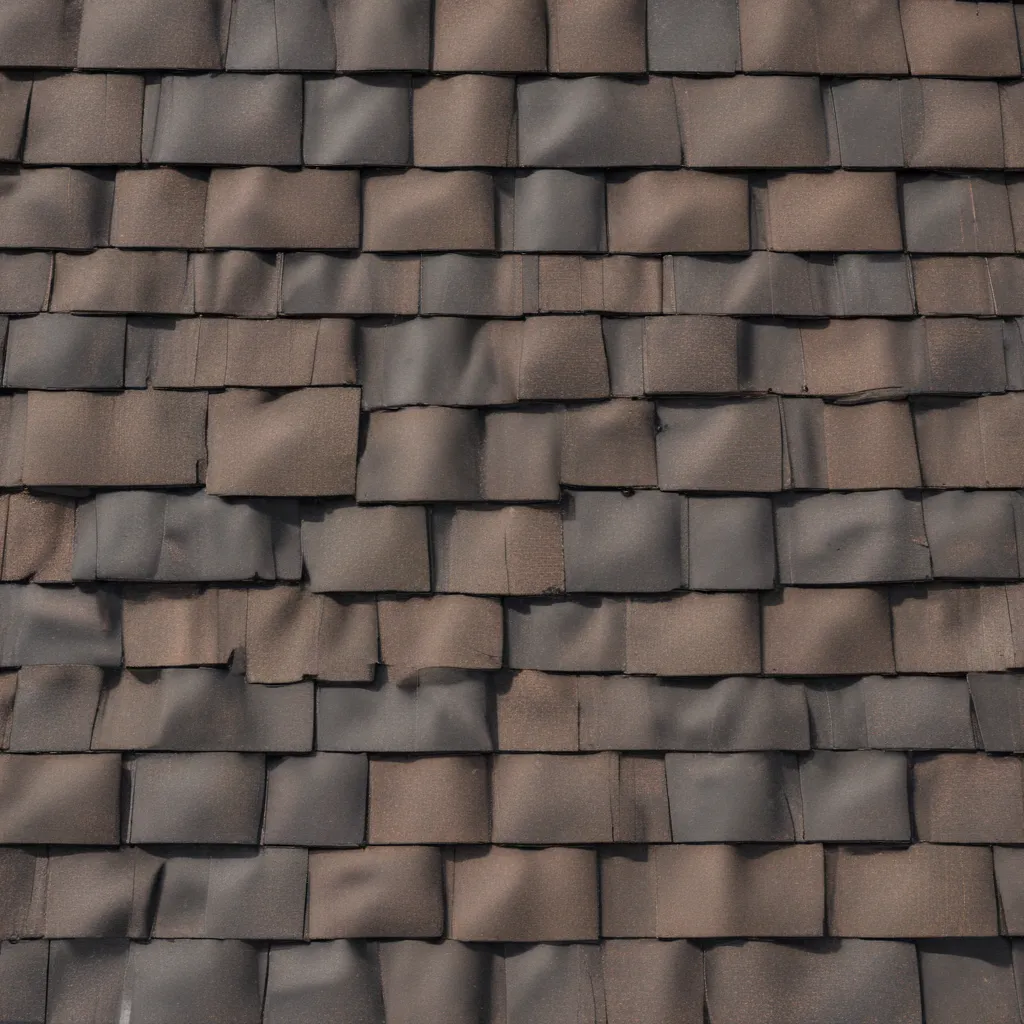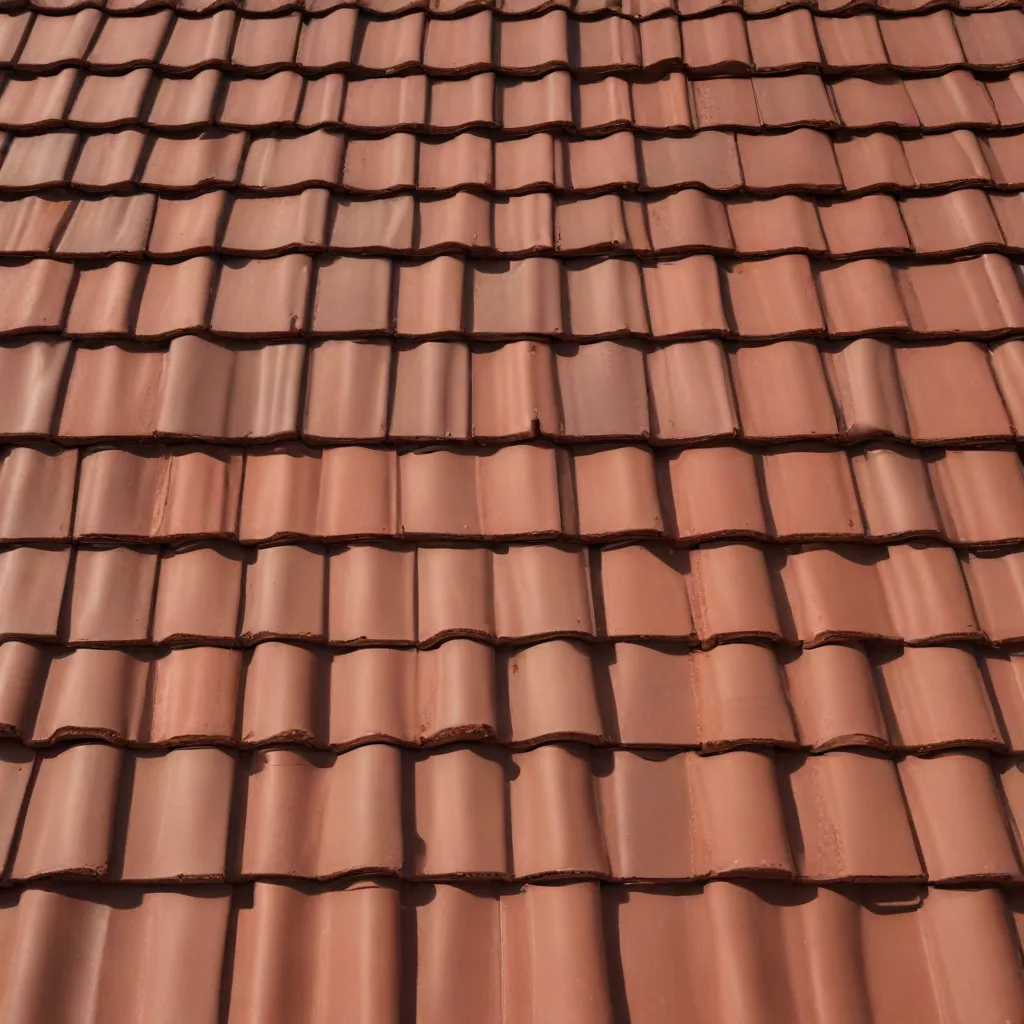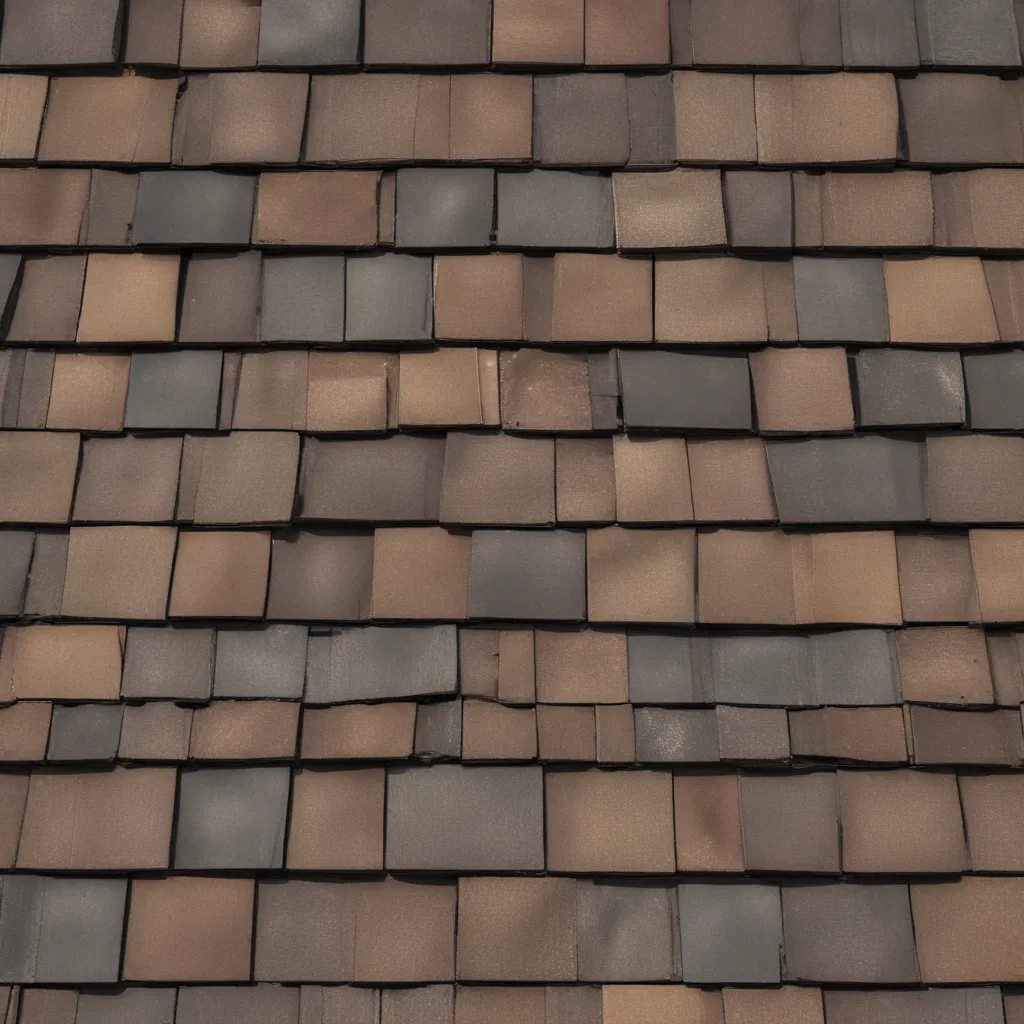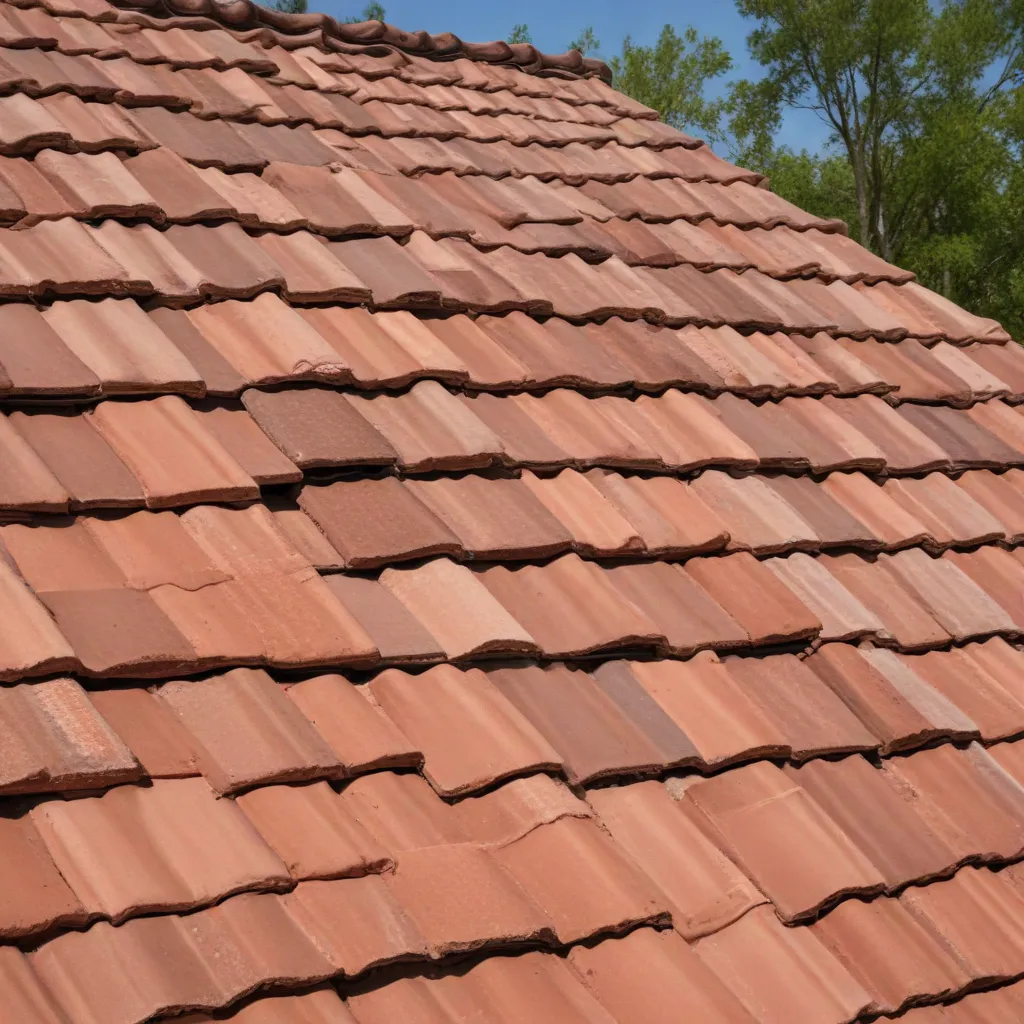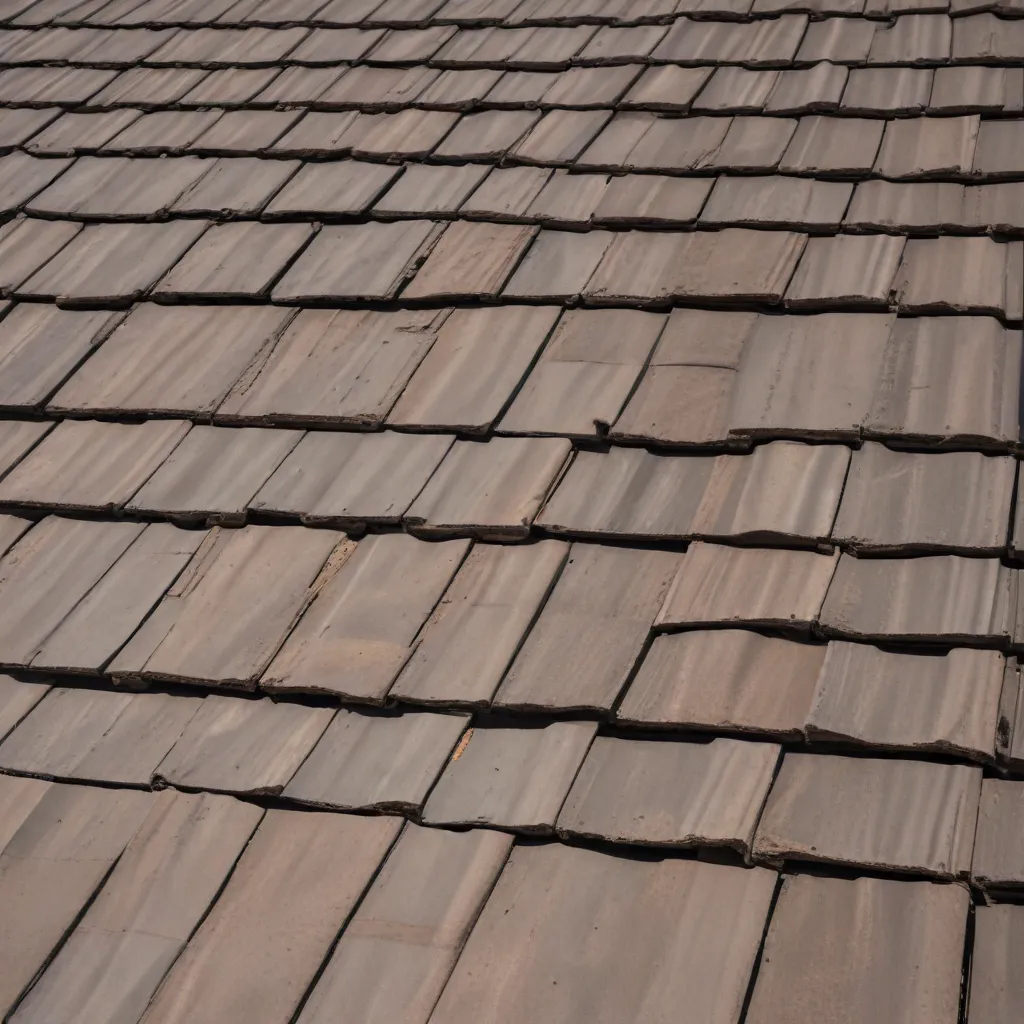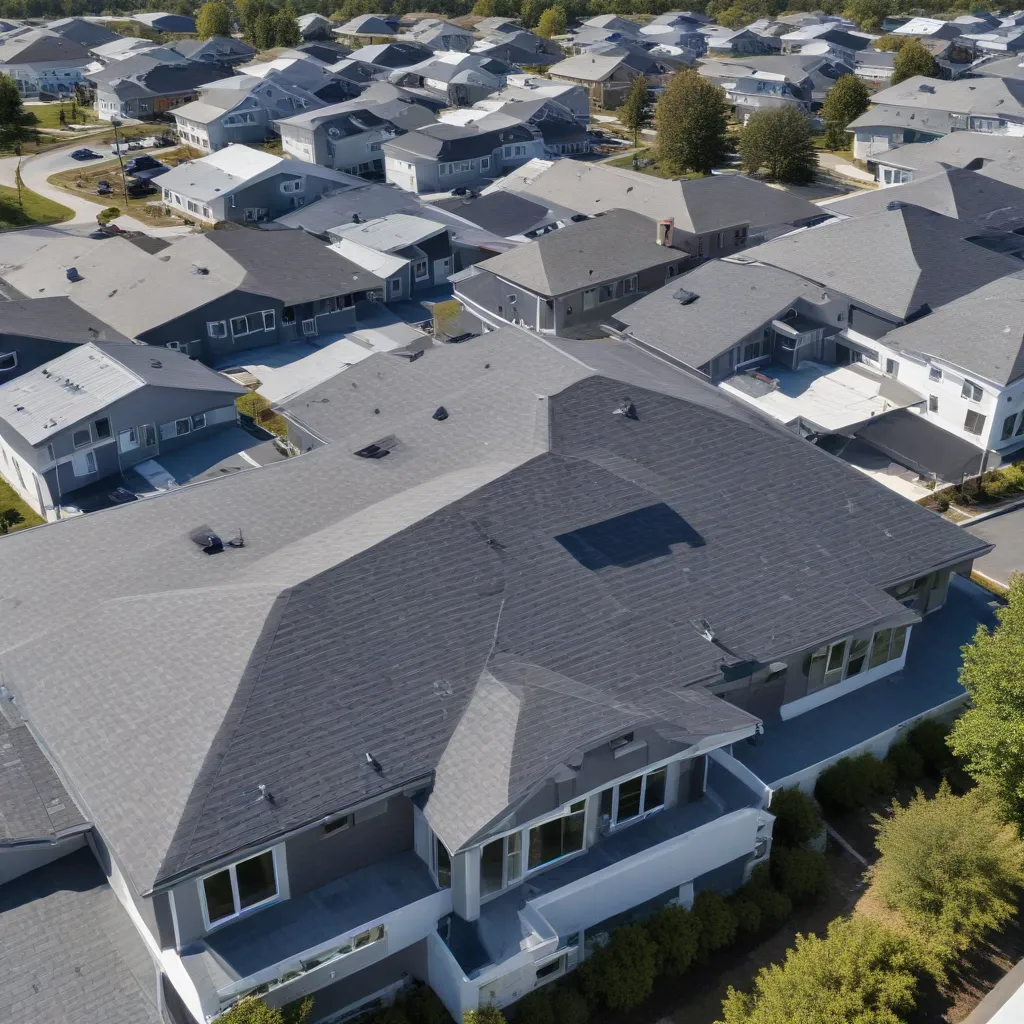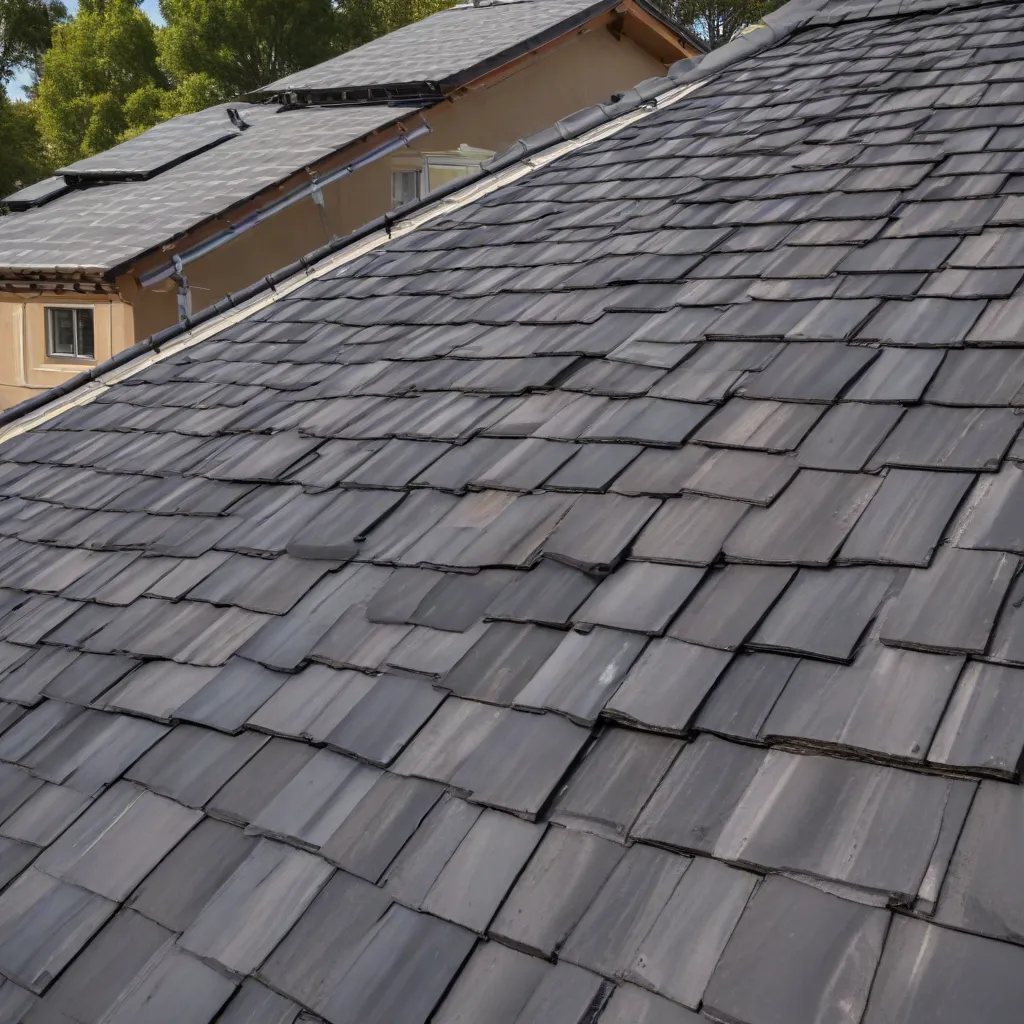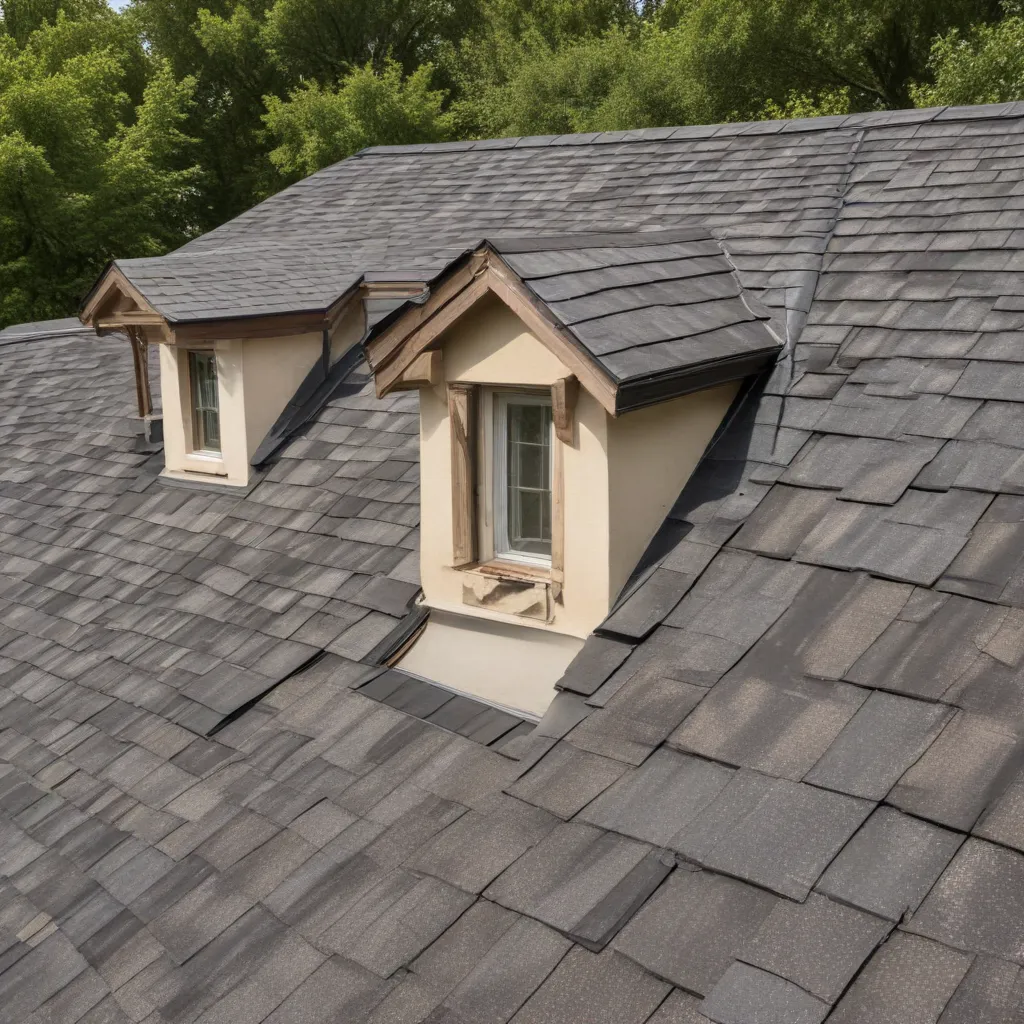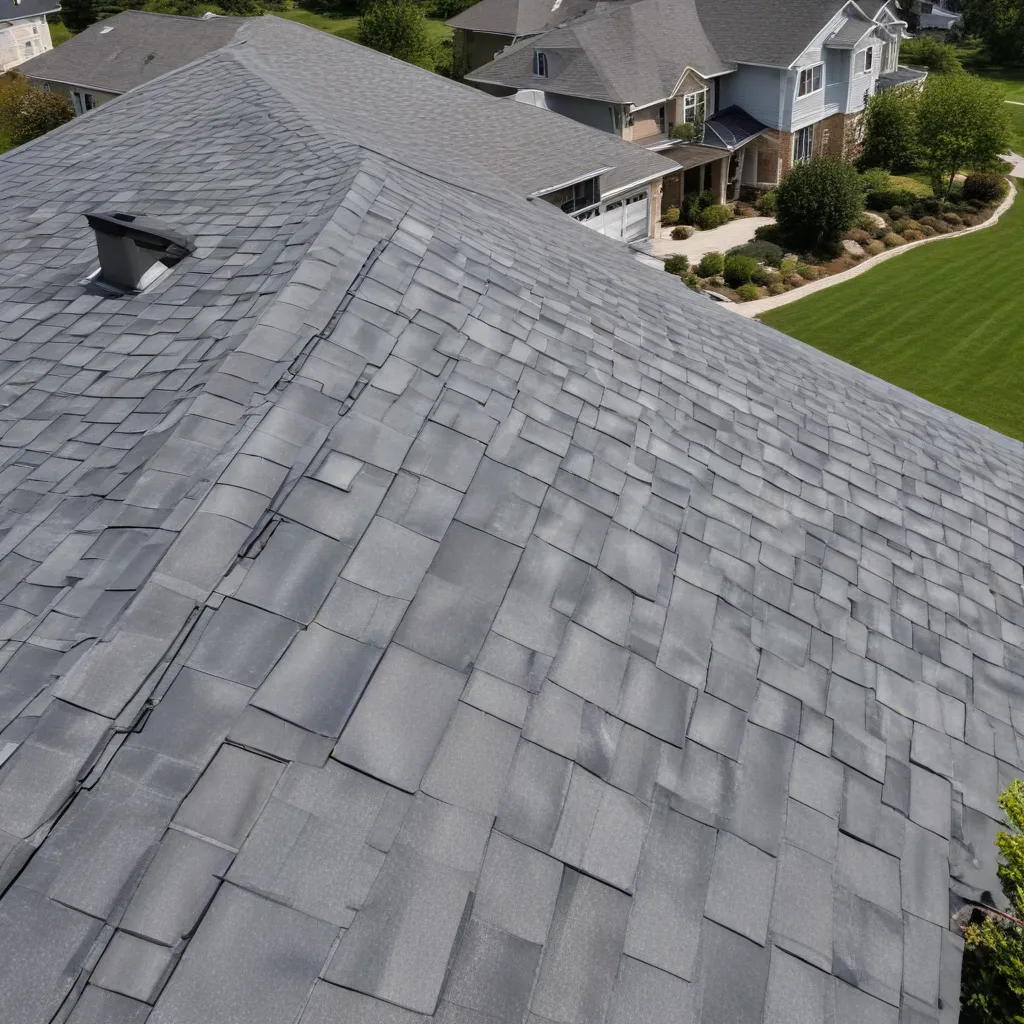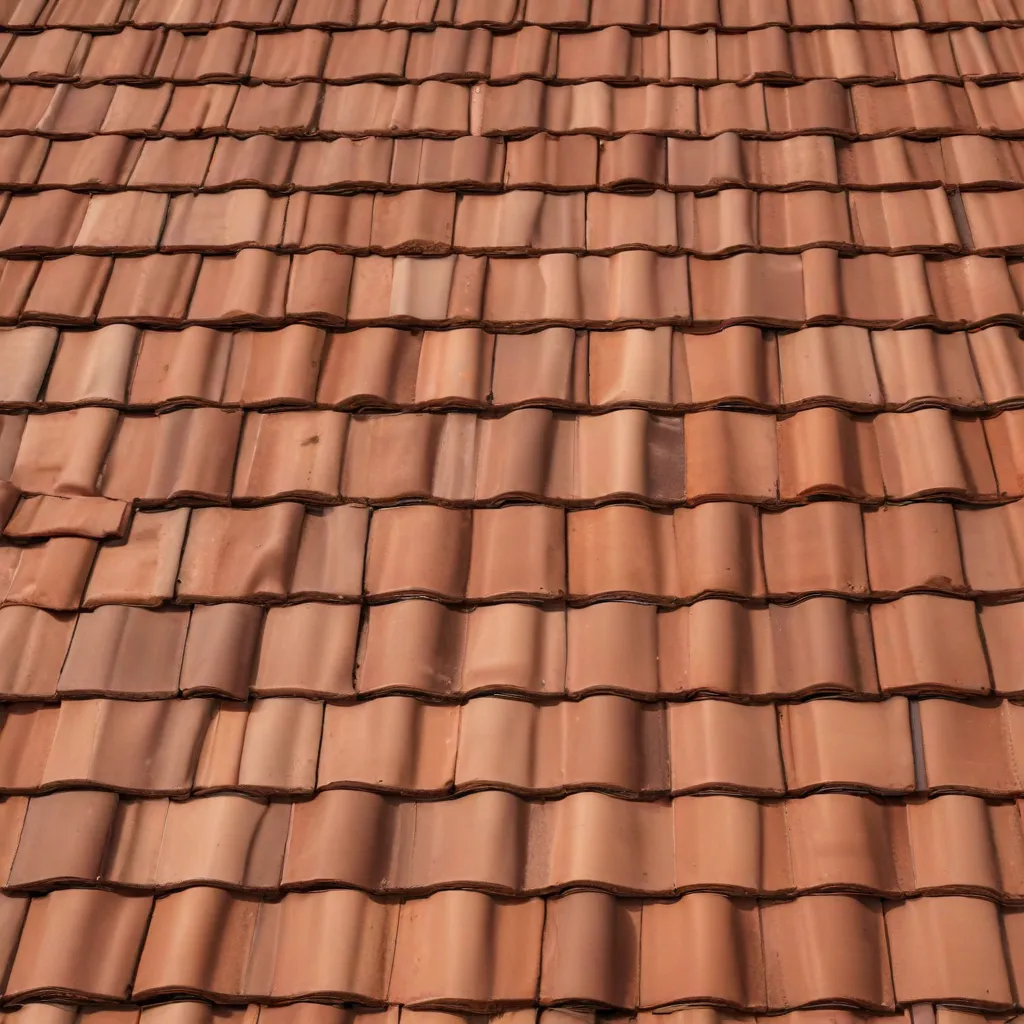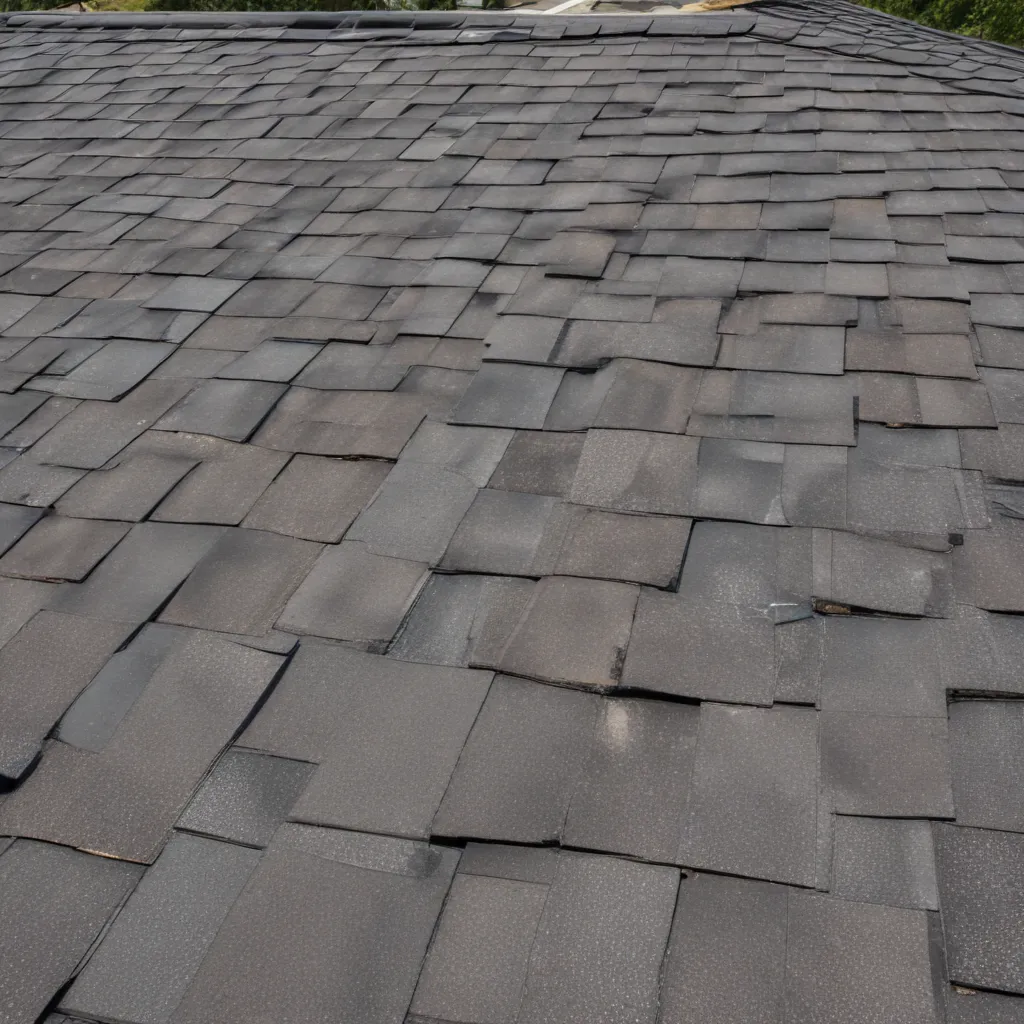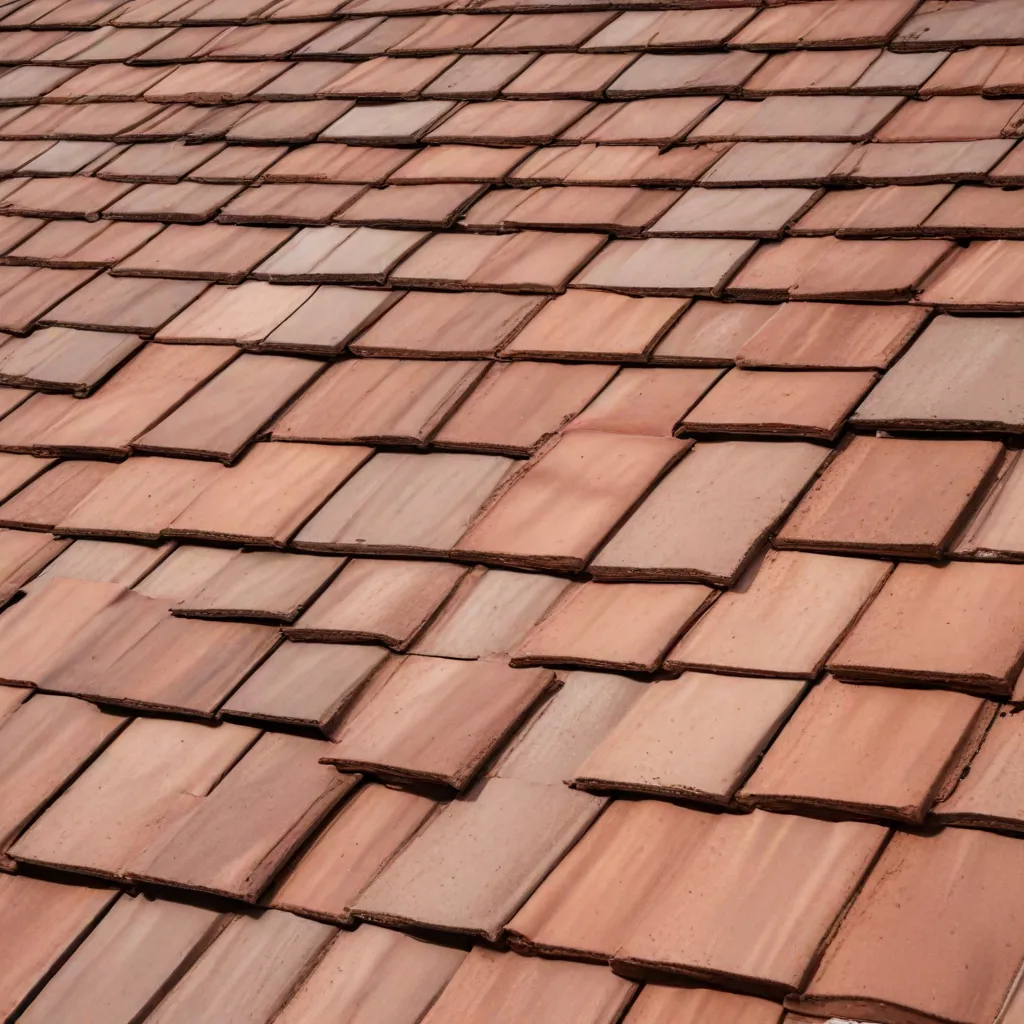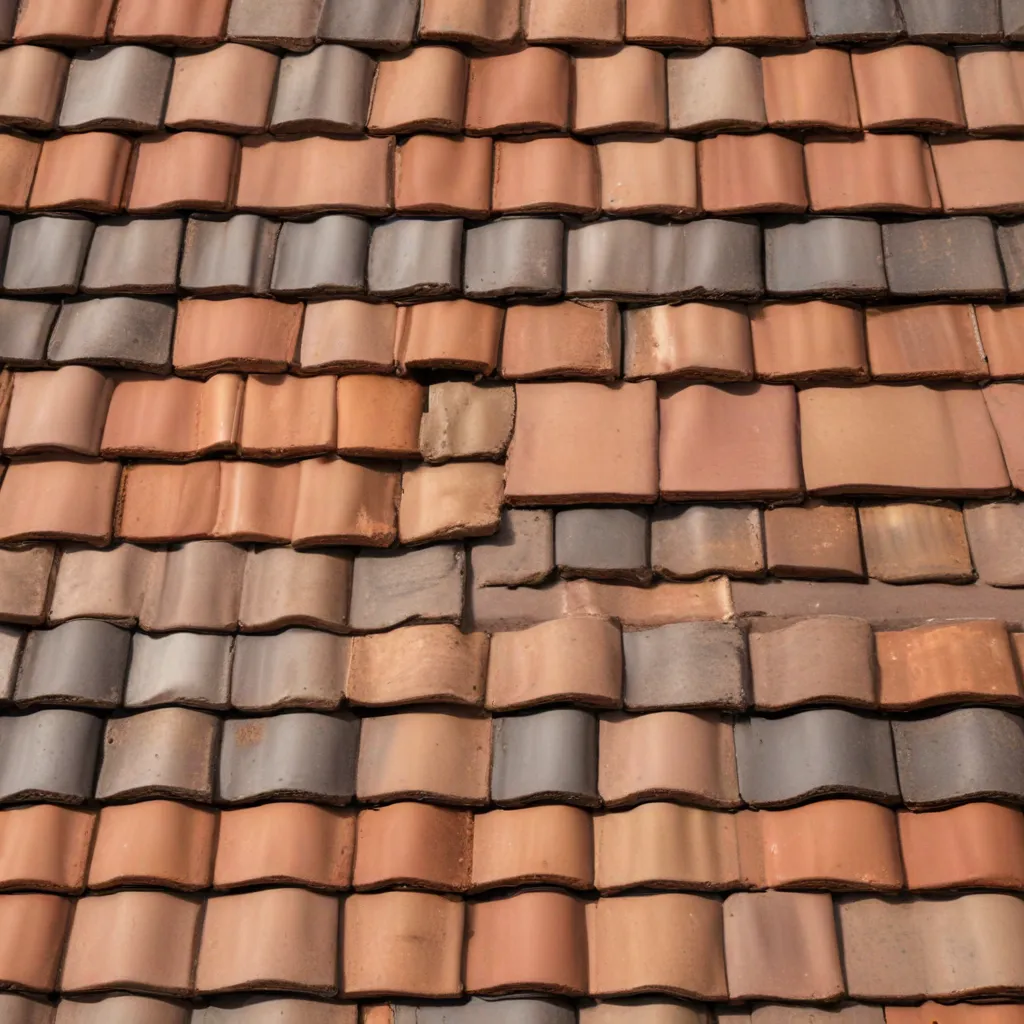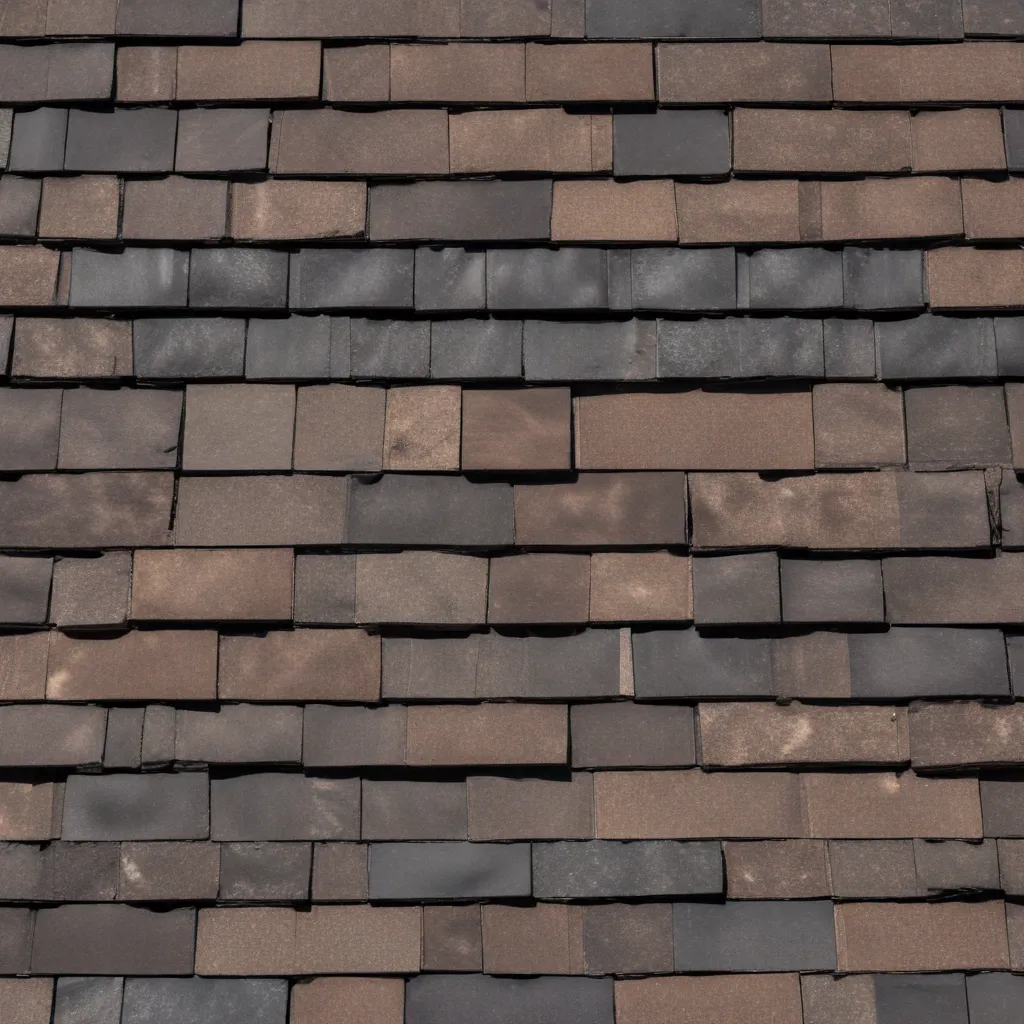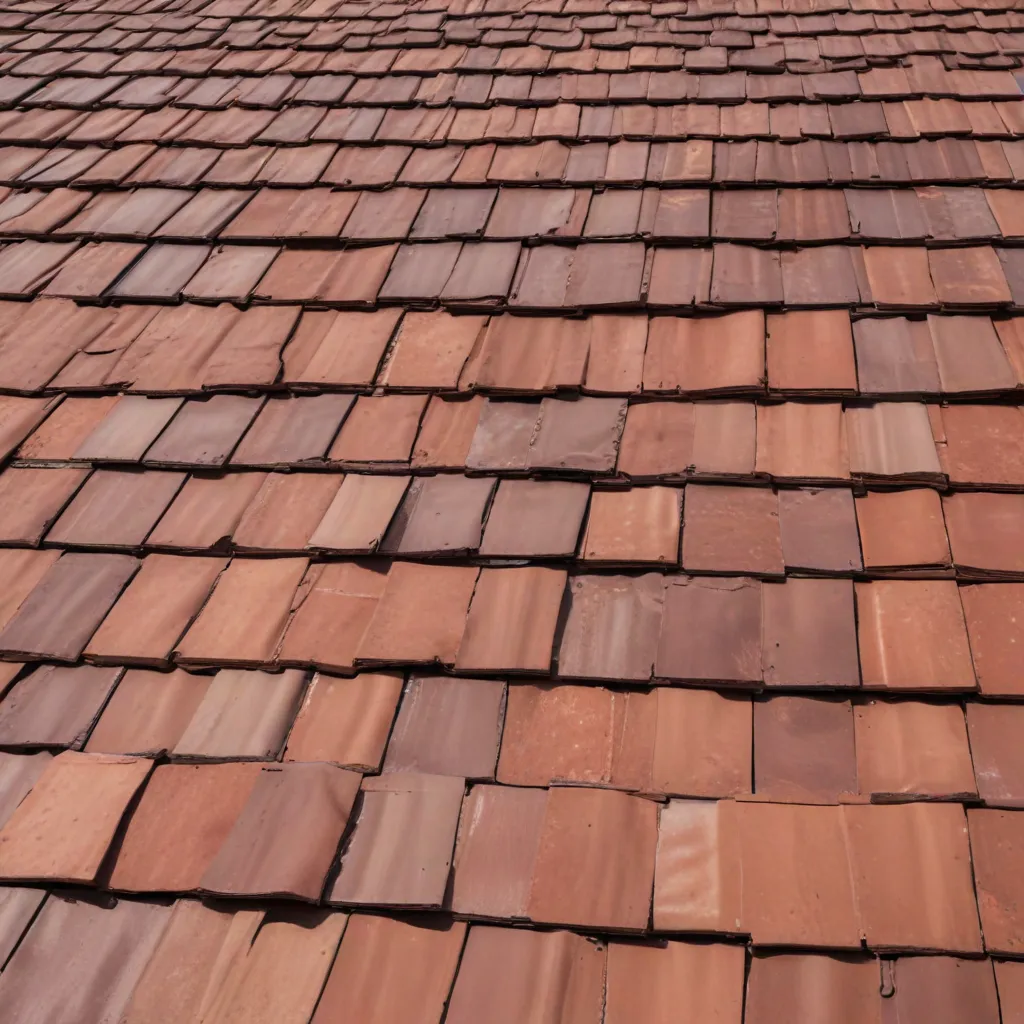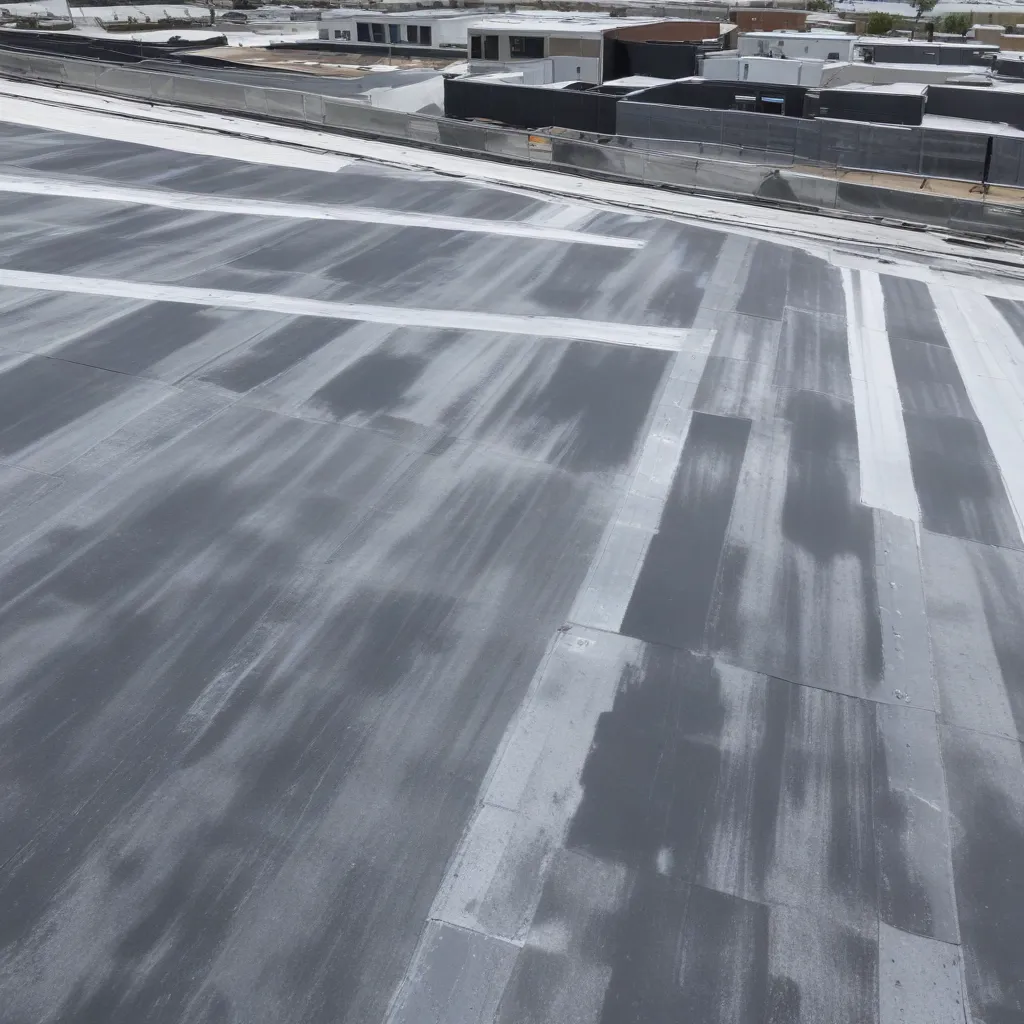
In an era of unpredictable weather patterns and intensifying climate extremes, safeguarding commercial roofs has never been more critical. Whether your building faces the bone-chilling winter snows of the north or the scorching summer heat of the south, each regional climate presents unique challenges that can compromise the integrity of your roof and the safety of your tenants.
Genuine Roof Systems is dedicated to providing building owners, property managers, and facilities professionals with the essential strategies and techniques to weatherproof commercial roofs and ensure long-term resilience. From durable roofing materials and effective insulation systems to proactive maintenance and cutting-edge technologies, we’ll explore a comprehensive approach to protecting your valuable investment against a wide spectrum of environmental threats.
Withstanding Winter’s Wrath
Excessive snow accumulation and ice dams can pose significant risks to commercial roofs, potentially leading to structural stress, water damage, and even collapse. Developing a robust winter preparedness plan is crucial, and it starts with understanding your roof’s load-bearing capacity.
Proper insulation and ventilation play a vital role in preventing ice dam formation by maintaining a consistent roof temperature. In areas prone to heavy snowfall, structural reinforcement may be necessary to withstand the additional weight. Implementing safety measures, such as snow guards, can also protect people and property from sudden snow slides.
Regular pre- and post-winter inspections are essential to identify and address potential vulnerabilities before they escalate. By implementing a multi-faceted approach, you can ensure your commercial roof remains resilient against winter’s wrath, even in regions that rarely experience snow.
Beating the Heat
Hot climates present unique challenges to commercial roofs, primarily related to UV radiation and heat exposure. Implementing the right strategies can significantly extend your roof’s lifespan and improve building energy efficiency.
In areas with intense sun exposure, the roof plays a crucial role in maintaining comfortable indoor temperatures and reducing cooling costs. Proper insulation, the use of radiant barriers, and the selection of light-colored roofing materials can enhance energy efficiency. For extreme climates, innovative solutions like green roofs or rooftop gardens can provide natural insulation, while roof misting systems can offer additional cooling benefits.
Regular cleaning and maintenance are essential to preserve the effectiveness of these heat-mitigating measures. By adopting a proactive approach, building owners can safeguard their commercial properties from the damaging effects of intense heat.
Withstanding Powerful Winds
Regions prone to high winds require special attention to ensure all roofing components remain secure during severe weather events. The key to wind resistance lies in creating a continuous load path from the roof down to the foundation, which involves not only securing the roofing materials but also reinforcing the underlying structure.
Proper edge and corner detailing is crucial, as these areas experience the highest wind pressures. Regular inspections and maintenance are vital to identify and address potential vulnerabilities before they’re exposed to high winds. In hurricane-prone regions, the use of impact-resistant materials should be considered to protect against wind-borne debris.
A comprehensive approach is essential, as a wind-resistant roof is only as strong as its weakest component. By implementing the right strategies, you can ensure your commercial roof can withstand the most powerful gusts.
Tackling Temperature Variations
Regions experiencing extreme temperature fluctuations require roofing systems designed to withstand thermal expansion and contraction. The key lies in selecting materials with similar expansion coefficients and incorporating flexibility into the roofing system, using specialized fasteners, expansion joints, or inherently flexible materials.
Proper insulation plays a dual role, not only improving energy efficiency but also moderating temperature swings that can stress roofing components. Additionally, reflective coatings can help reduce heat absorption during hot periods, while proper ventilation aids in maintaining consistent temperatures.
Regular inspections are crucial to identify and address any stress-related damage early, ensuring the longevity of the roofing system in fluctuating climates. By implementing these strategies, you can protect your commercial roof from the damaging effects of extreme temperature variations.
Weathering the Storm
In areas with high rainfall, proper drainage is critical to prevent water damage and extend the life of your commercial roof. Effective drainage begins with proper roof design, including adequate slope and strategically placed drains, and extends to include gutters, downspouts, and ground-level drainage systems.
Regular maintenance is crucial, as even small blockages can lead to significant water accumulation. Incorporating secondary drainage systems or overflow scuppers can provide a safeguard against extreme rainfall events. The use of water-resistant materials and proper sealing techniques at joints and penetrations further enhance the roof’s ability to withstand prolonged exposure to moisture.
In regions prone to heavy rainfall, consider implementing green roof technologies or rain gardens to help manage water runoff while providing additional insulation and environmental benefits. By implementing these rain-ready roofing techniques, you can protect your commercial property from the devastating impacts of extreme precipitation.
Hail Defense Strategies
Hail presents a significant threat to roof integrity, especially in regions prone to severe thunderstorms. Implementing hail-resistant measures can prevent costly damage and extend the life of your commercial roof.
The key to hail protection lies in selecting impact-resistant materials that can withstand high-impact forces without compromising their protective qualities. However, a comprehensive approach goes beyond material selection. It includes regular inspections to identify vulnerable areas, reinforcing weak points, and protecting roof-mounted equipment.
Understanding local hail patterns and severity can inform decision-making about the level of protection needed. Proper attic insulation and ventilation can also help mitigate the effects of hail by reducing the risk of ice dams, which can exacerbate damage. While no roof is entirely hail-proof, a well-designed and maintained roofing system can significantly reduce the risk of severe damage, minimizing repair costs and potential business disruptions.
Adapting to a Changing Climate
As global climate patterns continue to shift, weather events are becoming increasingly extreme and unpredictable, underscoring the growing need for more resilient and adaptive roofing solutions. Climate change is leading to more frequent and powerful storms, rising temperatures, extreme temperature fluctuations, and altered precipitation patterns. These changes demand roofing systems that can withstand higher wind speeds, heavier rainfall, more intense hail, and greater temperature extremes.
To address these challenges, the roofing industry is evolving rapidly. Manufacturers are developing more durable, weather-resistant materials and advanced coating technologies. Smart roofing systems with integrated sensors are emerging to monitor conditions and detect issues early. Additionally, installation techniques are being refined, and building codes are being updated to ensure better performance and longevity in the face of changing weather patterns.
As these trends continue, investing in high-quality, resilient roofing systems becomes increasingly crucial for long-term property protection. By staying informed and adapting to these emerging challenges, commercial property owners can ensure the longevity and safety of their buildings, regardless of what Mother Nature has in store.
Conclusion
The importance of robust, weather-resistant commercial roofing cannot be overstated as we navigate an increasingly volatile climate landscape. The strategies outlined in this article provide a comprehensive approach to protecting your investment against a wide spectrum of environmental challenges.
However, the key to long-term success lies not just in implementation, but in ongoing vigilance and adaptation. Regular inspections, proactive maintenance, and staying abreast of emerging roofing technologies will be crucial in meeting the evolving demands of our changing climate. By taking a forward-thinking approach to roof management, building owners and managers can ensure their properties remain resilient, efficient, and secure in the face of whatever weather challenges the future may bring.
Contact Genuine Roof Systems today to discover how our team of experts can help you ensure the longevity of your building’s commercial roof in extreme weather conditions.

